10 - 14 October 2022
From communications to asteroid mining, a revolution is taking place in the new space economy

An industrial revolution is taking place beyond Earth (Image: Pixabay)
There’s an industrial revolution taking place “250 miles above our heads”, was what Sierra Space CEO, Tom Vice, recently said in an interview. It can be hard to believe exactly what will be made of the new space, and more often it is being compared to the growth of the aviation sector in the 1950s, the cell phone boom and smartphone technology. However, perhaps a “new industrial revolution” is more apt. The growth curve seems to be forever becoming sharper, and commercial interests are fast on the rise.
The impact of the long-term space economy, such as outer space mining, have been discussed this week by companies such as Astroforge and TransAstra, and there are also ongoing developments regarding the construction of an infrastructure for this new economy. These are the long-term ambitions for leaders in the industry, yet humanity will not have to wait so long to reap the benefits and witness the proof of new space. From the news this week we can see evidence of humankind’s near, mid and long-term goals in space.
Near-term future full of milestones
Several weeks ago, Apple announced the incorporation of satellite communication function in their new iPhone, and now more appear to joining in with this tech. T-Mobile will be working with Starlink, and Huawei will connect with China’s space-based Beidou navigation constellation. Satellite companies Globalstar, Lynk Global and Spanish startup Sateliot are amongst others looking to join in. This could lead to very exciting results for global connectivity and industry growth, especially as such functionality becomes a default user-demand.
The growth of satellite constellations and the increased interest in Earth orbit is the first step towards our long-term future in space, and Amazon have announced that the beginnings of their Kuiper mega-constellation will begin to launch with ULA on their Vulcan rocket early next year. LEO is set to become a very crowded place.
2022 promised to be premiere year for the industry, and there’s still some time to go. NASA have announced another new launch window for Artemis-1, ands hould all go to plan, the giant SLS “mega moon rocket” will liftoff to the moon on the 14th November, seeing humanity turn a corner in space and lunar exploration. However it’s not only Artemis that will look to impress space-watchers before the end of the year.
Japanese company iSpace will look to launch their first lander mission to the moon, racing to become the first private company to deliver a payload to the lunar surface. Interestingly, they have a launch window of 9-15th November (with SpaceX), which could see them launch in the same week as Artemis. SpaceX have also announced the return of Falcon Heavy, currently their most powerful functional rocket, set for a launch date at the end of October. We still also await news regarding a launch date for their interplanetary Starship vehicle, still possible before the end of the year. Things are moving fast.
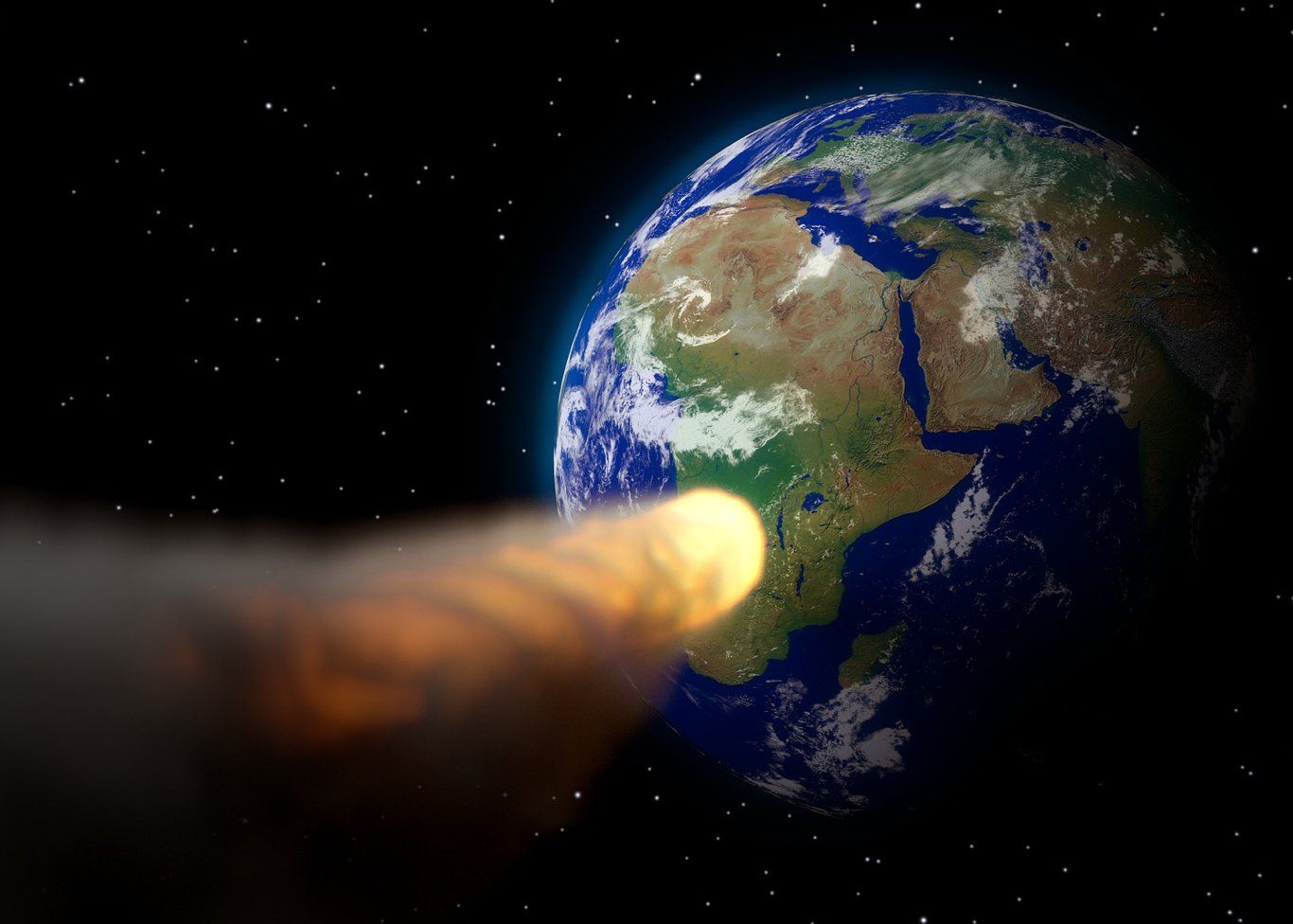
DART a "watershed" moment for planetary defence (Image: Pixabay)
Asteroids; for the benefit of humanity and the planet
Near-term goals are also a stepping stone towards a much longer-term future in space, whether it’s for resource extraction and sourcing energy, or building the very infrastructure that will be needed to build the new space economy upon. Yet these ambitious targets are nothing new, and an article this week from CNBC points out that space mining companies, such as Deep Space Industries, have already come and gone, having not mined a single piece of space rock.
However, a new generation of mining companies claim that they have the vision for the future. Astroforge was founded earlier this year by former SpaceX and Virgin Galactic employees. Their plan is to mine resources and refine them in-situ, and reduce costs by using off-the-shelf satellites and procure launches with SpaceX. TransAstra, on the other hand, will take a step-by-step approach, firstly by targeting the orbital logistics market, currently a growth area. Later they will aim to initially extract water from celestial bodies, in order to produce fuel, thus increasing the efficiency of space mining. Their ultimate goal will then be to mine “everything on the periodic table” (CNBC, 2022).
Outer space mining is still some way off, but there is certainly an increasing interest from the international community. This comes on the back of news from earlier this year regarding what can be retrieved from the lunar surface; China and their discovery of Changesite and the presence of helium-3, India mapping an abundance of sodium on the lunar surface and the publication of China’s detailed geological map of the moon, amongst other developments. Chile are the latest nation to take a step forwards in their mining ambitions, this week launching their Chilean Astromining Institute Foundation. They claim that space mining can be used in order to mitigate the effects of climate change, and answer the increasing demand for precious materials that are required in the manufacture of technology such cell phones and computers, the demand of which is set to soar in the coming years.
Whilst we look at asteroids as a possible solution to our problems, NASA’s DART probe has recently tried to investigate how to avoid a devastating impact from one. We learnt last week that the impact of the probe wast successful, and NASA this week announced that the results were very impressive. The mission set out to change the trajectory of asteroid Dimorphos by 73 seconds (time taken to orbit its parent asteroid). However, the impact managed to change its trajectory by an impressive 32 minutes, NASA chief Bill Nelson calling it a “…watershed moment for planetary defence and a watershed moment for humanity” (Space News, 2022).
Asteroids, our moon and other celestial bodies look set to pay a big role in the future of humankind.

Blockchain and cryptocurrency the framework for new space?
Infrastructure for a decentralised space economy
The industrial and economic promise of outer space, and the potential impact of something like resource mining, will require nations to consider how it will affect our current economic framework on Earth. Amongst many arguments, there is concern that retrieving huge amounts of valuable metals could have detrimental effect on Earth economies. Furthermore, it may be essential to establish a truly decentralised space economy, in order to prevent such an impact, and also build a truly neutral framework where stakeholders can work together on a transparent basis.
The use of blockchain technology in this new economy is again, nothing new. Companies such as Spacechain and Cryptosat are already looking at establishing blockchain networks in orbit, and Lonestar are looking to send data centres to the moon, with the benefits including security and preventing servers becoming victim to physical attack or natural disasters. However, whilst this technology may provide solutions for Earth-bound problems, they could also be the framework for a decentralised space economy. Speculation continues to mount surrounding Elon Musk and his plans for his favourite cryptocurrency, Dogecoin, and it’s thought that the aim may be to use the coin as the currency of the future space economy. Similarly, engineers at Purdue University and Georgia Tech have launched a new crypto named “SpaceXCoin”, with their aim to create a cryptocurrency that can be used during and after space travel, for long journeys such as to Mars.
Companies are also coming some ways in order to answer our energy needs in space, not only for in-situ utilisation, but also for use on Earth. New Zealand company Emrod previously announced successful tests in wirelessly beaming energy over a short distance. This week they also announced plans for a wireless power grid that could beam space-based solar energy around the globe. Furthermore, US based Solestial, a company focused on solar energy for in-situ utilisation, sourced a $10 million funding round led by Airbus Ventures. They look to develop and provide solar panels for space-based infrastructure at a much smaller cost, and provide much improved efficiency. It’s these innovations that are rapidly paving the way for humankind’s future in space.
This week we have seen near, mid and long-term ambitions galvanise, and it is becoming more clear that the future of humanity will quickly expand into the realm of space. What we hope is that the public are informed about these developments, so we can all be part of this future, and it doesn’t become the property of the few. It’s easy to romanticise and fictionalise our journey in outer space, captured so well in literature and motion pictures. However, the job of the industry and nations must now also partly belong to normalising the space economy, increasing access to it, and allowing us all to be part of our future.
External Links
This Week
*News articles posted here are not property of ANASDA GmbH and belong to their respected owners. Postings here are external links only.
Our future in space
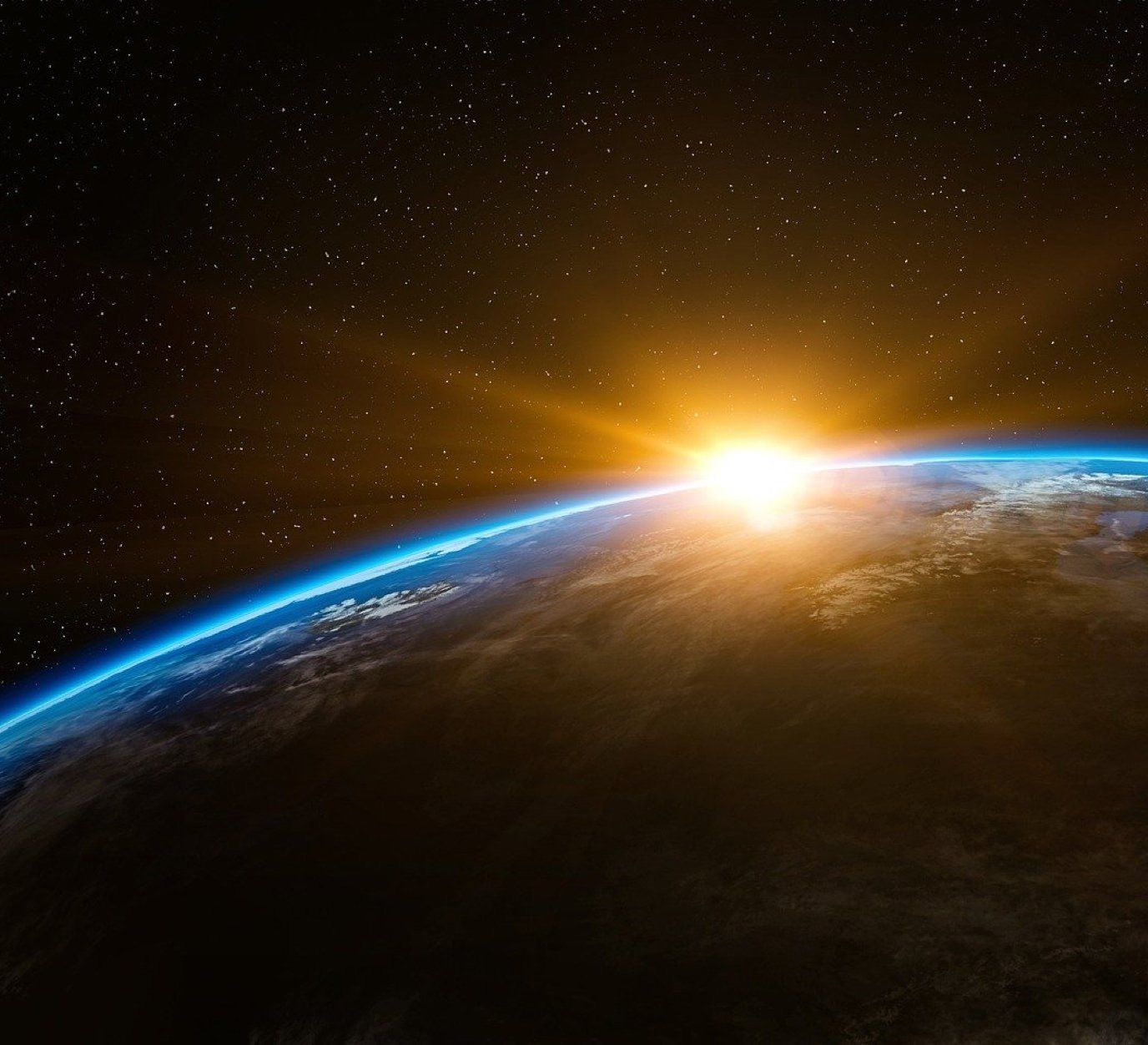
An industrial revolution is taking place beyond Earth (Image: Pixabay)
10 - 14 October 2022
From communications to asteroid mining, a revolution is taking place in the new space economy
There’s an industrial revolution taking place “250 miles above our heads”, was what Sierra Space CEO, Tom Vice, recently said in an interview. It can be hard to believe exactly what will be made of the new space, and more often it is being compared to the growth of the aviation sector in the 1950s, the cell phone boom and smartphone technology. However, perhaps a “new industrial revolution” is more apt. The growth curve seems to be forever becoming sharper, and commercial interests are fast on the rise.
The impact of the long-term space economy, such as outer space mining, have been discussed this week by companies such as Astroforge and TransAstra, and there are also ongoing developments regarding the construction of an infrastructure for this new economy. These are the long-term ambitions for leaders in the industry, yet humanity will not have to wait so long to reap the benefits and witness the proof of new space. From the news this week we can see evidence of humankind’s near, mid and long-term goals in space.
Near-term future full of milestones
Several weeks ago, Apple announced the incorporation of satellite communication function in their new iPhone, and now more appear to joining in with this tech. T-Mobile will be working with Starlink, and Huawei will connect with China’s space-based Beidou navigation constellation. Satellite companies Globalstar, Lynk Global and Spanish startup Sateliot are amongst others looking to join in. This could lead to very exciting results for global connectivity and industry growth, especially as such functionality becomes a default user-demand.
The growth of satellite constellations and the increased interest in Earth orbit is the first step towards our long-term future in space, and Amazon have announced that the beginnings of their Kuiper mega-constellation will begin to launch with ULA on their Vulcan rocket early next year. LEO is set to become a very crowded place.
2022 promised to be premiere year for the industry, and there’s still some time to go. NASA have announced another new launch window for Artemis-1, ands hould all go to plan, the giant SLS “mega moon rocket” will liftoff to the moon on the 14th November, seeing humanity turn a corner in space and lunar exploration. However it’s not only Artemis that will look to impress space-watchers before the end of the year.
Japanese company iSpace will look to launch their first lander mission to the moon, racing to become the first private company to deliver a payload to the lunar surface. Interestingly, they have a launch window of 9-15th November (with SpaceX), which could see them launch in the same week as Artemis. SpaceX have also announced the return of Falcon Heavy, currently their most powerful functional rocket, set for a launch date at the end of October. We still also await news regarding a launch date for their interplanetary Starship vehicle, still possible before the end of the year. Things are moving fast.
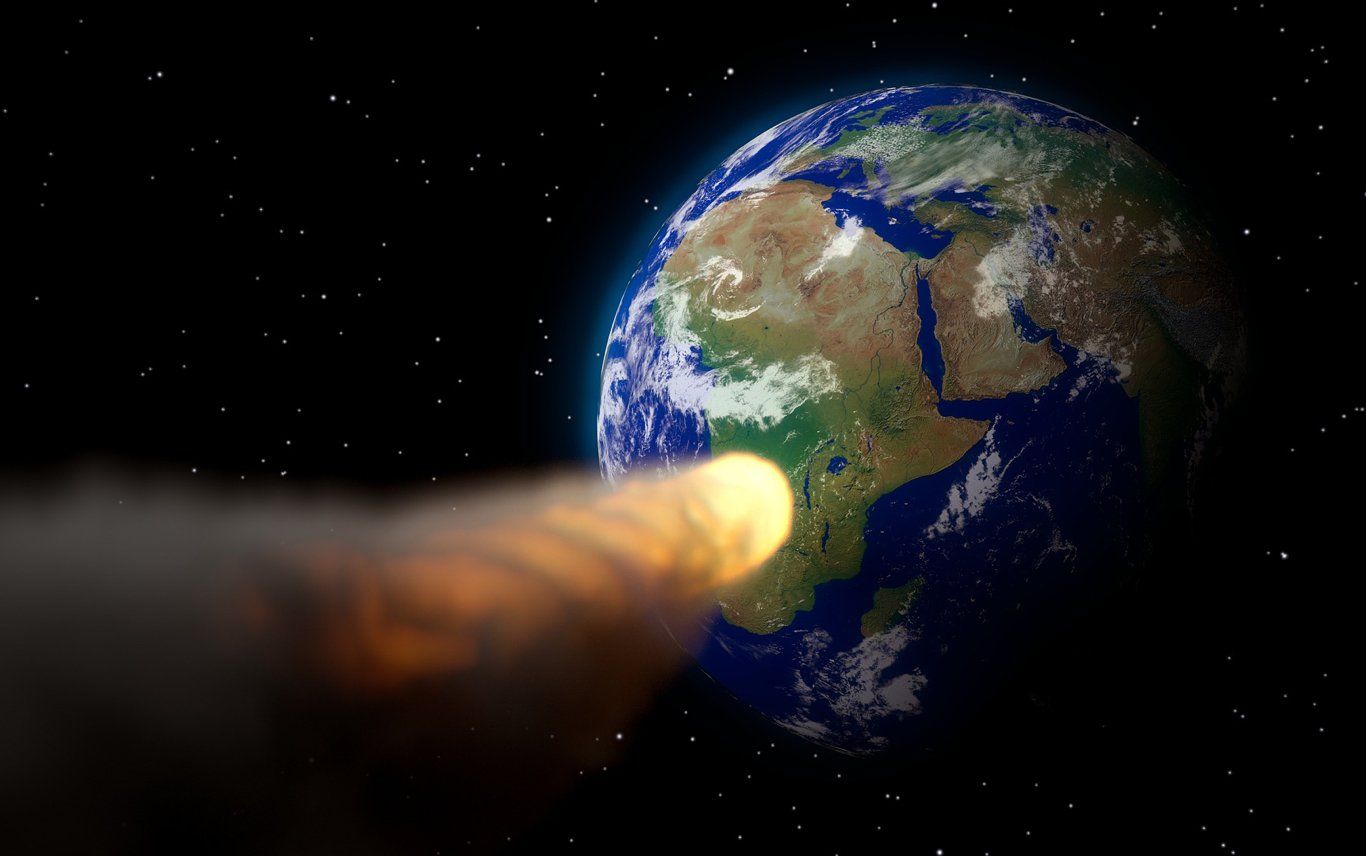
DART a "watershed" moment for planetary defence
Asteroids; for the benefit of humanity and the planet
Near-term goals are also a stepping stone towards a much longer-term future in space, whether it’s for resource extraction and sourcing energy, or building the very infrastructure that will be needed to build the new space economy upon. Yet these ambitious targets are nothing new, and an article this week from CNBC points out that space mining companies, such as Deep Space Industries, have already come and gone, having not mined a single piece of space rock.
However, a new generation of mining companies claim that they have the vision for the future. Astroforge was founded earlier this year by former SpaceX and Virgin Galactic employees. Their plan is to mine resources and refine them in-situ, and reduce costs by using off-the-shelf satellites and procure launches with SpaceX. TransAstra, on the other hand, will take a step-by-step approach, firstly by targeting the orbital logistics market, currently a growth area. Later they will aim to initially extract water from celestial bodies, in order to produce fuel, thus increasing the efficiency of space mining. Their ultimate goal will then be to mine “everything on the periodic table” (CNBC, 2022).
Outer space mining is still some way off, but there is certainly an increasing interest from the international community. This comes on the back of news from earlier this year regarding what can be retrieved from the lunar surface; China and their discovery of Changesite and the presence of helium-3, India mapping an abundance of sodium on the lunar surface and the publication of China’s detailed geological map of the moon, amongst other developments. Chile are the latest nation to take a step forwards in their mining ambitions, this week launching their Chilean Astromining Institute Foundation. They claim that space mining can be used in order to mitigate the effects of climate change, and answer the increasing demand for precious materials that are required in the manufacture of technology such cell phones and computers, the demand of which is set to soar in the coming years.
Whilst we look at asteroids as a possible solution to our problems, NASA’s DART probe has recently tried to investigate how to avoid a devastating impact from one. We learnt last week that the impact of the probe wast successful, and NASA this week announced that the results were very impressive. The mission set out to change the trajectory of asteroid Dimorphos by 73 seconds (time taken to orbit its parent asteroid). However, the impact managed to change its trajectory by an impressive 32 minutes, NASA chief Bill Nelson calling it a “…watershed moment for planetary defence and a watershed moment for humanity” (Space News, 2022).
Asteroids, our moon and other celestial bodies look set to pay a big role in the future of humankind.

Blockchain and cryptocurrency framework for new space?
Infrastructure for a decentralised space economy
The industrial and economic promise of outer space, and the potential impact of something like resource mining, will require nations to consider how it will affect our current economic framework on Earth. Amongst many arguments, there is concern that retrieving huge amounts of valuable metals could have detrimental effect on Earth economies. Furthermore, it may be essential to establish a truly decentralised space economy, in order to prevent such an impact, and also build a truly neutral framework where stakeholders can work together on a transparent basis.
The use of blockchain technology in this new economy is again, nothing new. Companies such as Spacechain and Cryptosat are already looking at establishing blockchain networks in orbit, and Lonestar are looking to send data centres to the moon, with the benefits including security and preventing servers becoming victim to physical attack or natural disasters. However, whilst this technology may provide solutions for Earth-bound problems, they could also be the framework for a decentralised space economy. Speculation continues to mount surrounding Elon Musk and his plans for his favourite cryptocurrency, Dogecoin, and it’s thought that the aim may be to use the coin as the currency of the future space economy. Similarly, engineers at Purdue University and Georgia Tech have launched a new crypto named “SpaceXCoin”, with their aim to create a cryptocurrency that can be used during and after space travel, for long journeys such as to Mars.
Companies are also coming some ways in order to answer our energy needs in space, not only for in-situ utilisation, but also for use on Earth. New Zealand company Emrod previously announced successful tests in wirelessly beaming energy over a short distance. This week they also announced plans for a wireless power grid that could beam space-based solar energy around the globe. Furthermore, US based Solestial, a company focused on solar energy for in-situ utilisation, sourced a $10 million funding round led by Airbus Ventures. They look to develop and provide solar panels for space-based infrastructure at a much smaller cost, and provide much improved efficiency. It’s these innovations that are rapidly paving the way for humankind’s future in space.
This week we have seen near, mid and long-term ambitions galvanise, and it is becoming more clear that the future of humanity will quickly expand into the realm of space. What we hope is that the public are informed about these developments, so we can all be part of this future, and it doesn’t become the property of the few. It’s easy to romanticise and fictionalise our journey in outer space, captured so well in literature and motion pictures. However, the job of the industry and nations must now also partly belong to normalising the space economy, increasing access to it, and allowing us all to be part of our future.
Share this article
External Links
This Week
*News articles posted here are not property of ANASDA GmbH and belong to their respected owners. Postings here are external links only.
10 - 14 October 2022
From communications to asteroid mining, a revolution is taking place in the new space economy

An industrial revolution is taking place beyond Earth (Image: Pixabay)
There’s an industrial revolution taking place “250 miles above our heads”, was what Sierra Space CEO, Tom Vice, recently said in an interview. It can be hard to believe exactly what will be made of the new space, and more often it is being compared to the growth of the aviation sector in the 1950s, the cell phone boom and smartphone technology. However, perhaps a “new industrial revolution” is more apt. The growth curve seems to be forever becoming sharper, and commercial interests are fast on the rise.
The impact of the long-term space economy, such as outer space mining, have been discussed this week by companies such as Astroforge and TransAstra, and there are also ongoing developments regarding the construction of an infrastructure for this new economy. These are the long-term ambitions for leaders in the industry, yet humanity will not have to wait so long to reap the benefits and witness the proof of new space. From the news this week we can see evidence of humankind’s near, mid and long-term goals in space.
Near-term future full of milestones
Several weeks ago, Apple announced the incorporation of satellite communication function in their new iPhone, and now more appear to joining in with this tech. T-Mobile will be working with Starlink, and Huawei will connect with China’s space-based Beidou navigation constellation. Satellite companies Globalstar, Lynk Global and Spanish startup Sateliot are amongst others looking to join in. This could lead to very exciting results for global connectivity and industry growth, especially as such functionality becomes a default user-demand.
The growth of satellite constellations and the increased interest in Earth orbit is the first step towards our long-term future in space, and Amazon have announced that the beginnings of their Kuiper mega-constellation will begin to launch with ULA on their Vulcan rocket early next year. LEO is set to become a very crowded place.
2022 promised to be premiere year for the industry, and there’s still some time to go. NASA have announced another new launch window for Artemis-1, ands hould all go to plan, the giant SLS “mega moon rocket” will liftoff to the moon on the 14th November, seeing humanity turn a corner in space and lunar exploration. However it’s not only Artemis that will look to impress space-watchers before the end of the year.
Japanese company iSpace will look to launch their first lander mission to the moon, racing to become the first private company to deliver a payload to the lunar surface. Interestingly, they have a launch window of 9-15th November (with SpaceX), which could see them launch in the same week as Artemis. SpaceX have also announced the return of Falcon Heavy, currently their most powerful functional rocket, set for a launch date at the end of October. We still also await news regarding a launch date for their interplanetary Starship vehicle, still possible before the end of the year. Things are moving fast.
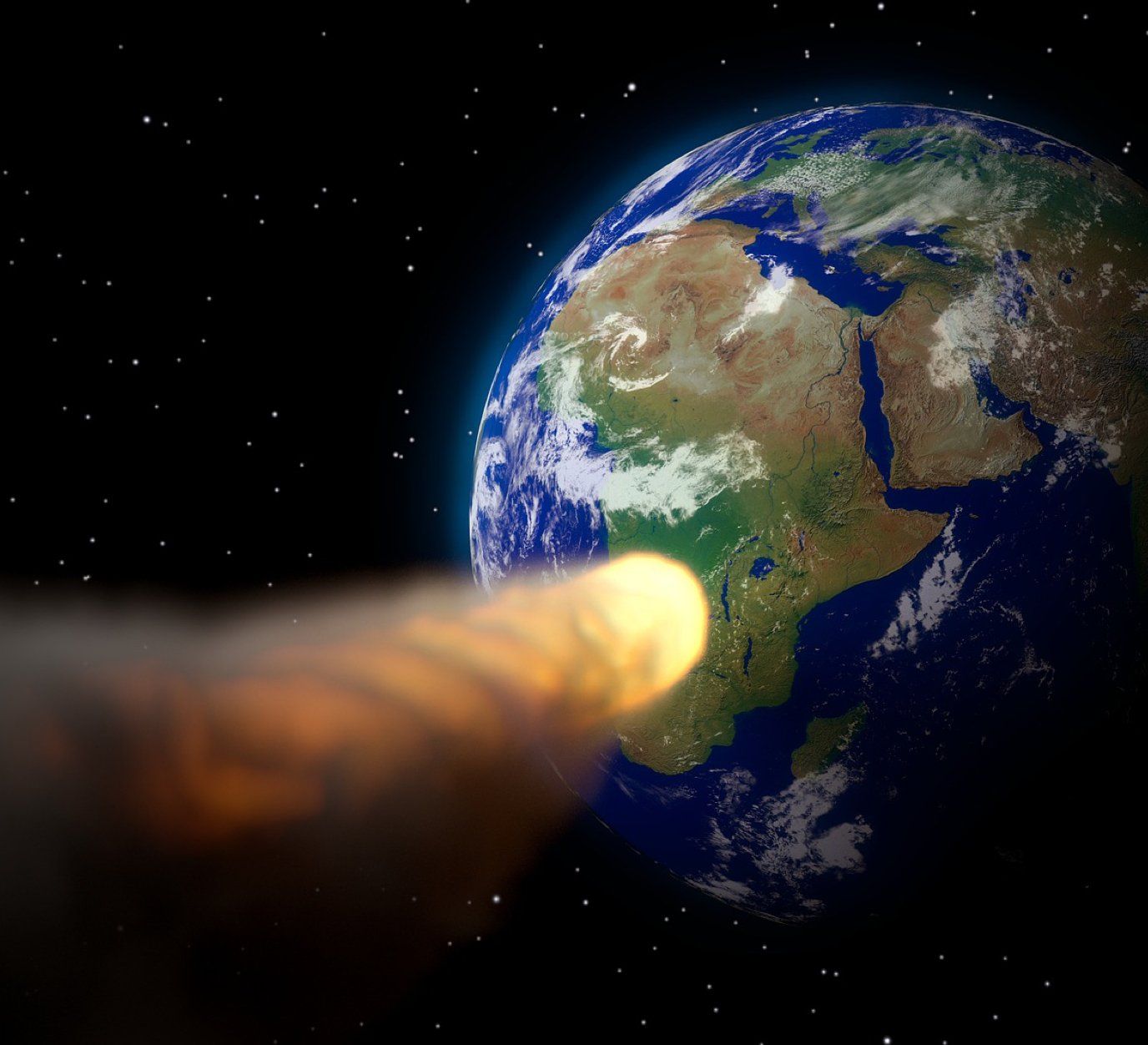
DART a "watershed" moment for planetary defence (Image: Pixabay)
Asteroids, for the benefit of humanity and the planet
Near-term goals are also a stepping stone towards a much longer-term future in space, whether it’s for resource extraction and sourcing energy, or building the very infrastructure that will be needed to build the new space economy upon. Yet these ambitious targets are nothing new, and an article this week from CNBC points out that space mining companies, such as Deep Space Industries, have already come and gone, having not mined a single piece of space rock.
However, a new generation of mining companies claim that they have the vision for the future. Astroforge was founded earlier this year by former SpaceX and Virgin Galactic employees. Their plan is to mine resources and refine them in-situ, and reduce costs by using off-the-shelf satellites and procure launches with SpaceX. TransAstra, on the other hand, will take a step-by-step approach, firstly by targeting the orbital logistics market, currently a growth area. Later they will aim to initially extract water from celestial bodies, in order to produce fuel, thus increasing the efficiency of space mining. Their ultimate goal will then be to mine “everything on the periodic table” (CNBC, 2022).
Outer space mining is still some way off, but there is certainly an increasing interest from the international community. This comes on the back of news from earlier this year regarding what can be retrieved from the lunar surface; China and their discovery of Changesite and the presence of helium-3, India mapping an abundance of sodium on the lunar surface and the publication of China’s detailed geological map of the moon, amongst other developments. Chile are the latest nation to take a step forwards in their mining ambitions, this week launching their Chilean Astromining Institute Foundation. They claim that space mining can be used in order to mitigate the effects of climate change, and answer the increasing demand for precious materials that are required in the manufacture of technology such cell phones and computers, the demand of which is set to soar in the coming years.
Whilst we look at asteroids as a possible solution to our problems, NASA’s DART probe has recently tried to investigate how to avoid a devastating impact from one. We learnt last week that the impact of the probe wast successful, and NASA this week announced that the results were very impressive. The mission set out to change the trajectory of asteroid Dimorphos by 73 seconds (time taken to orbit its parent asteroid). However, the impact managed to change its trajectory by an impressive 32 minutes, NASA chief Bill Nelson calling it a “…watershed moment for planetary defence and a watershed moment for humanity” (Space News, 2022).
Asteroids, our moon and other celestial bodies look set to pay a big role in the future of humankind.
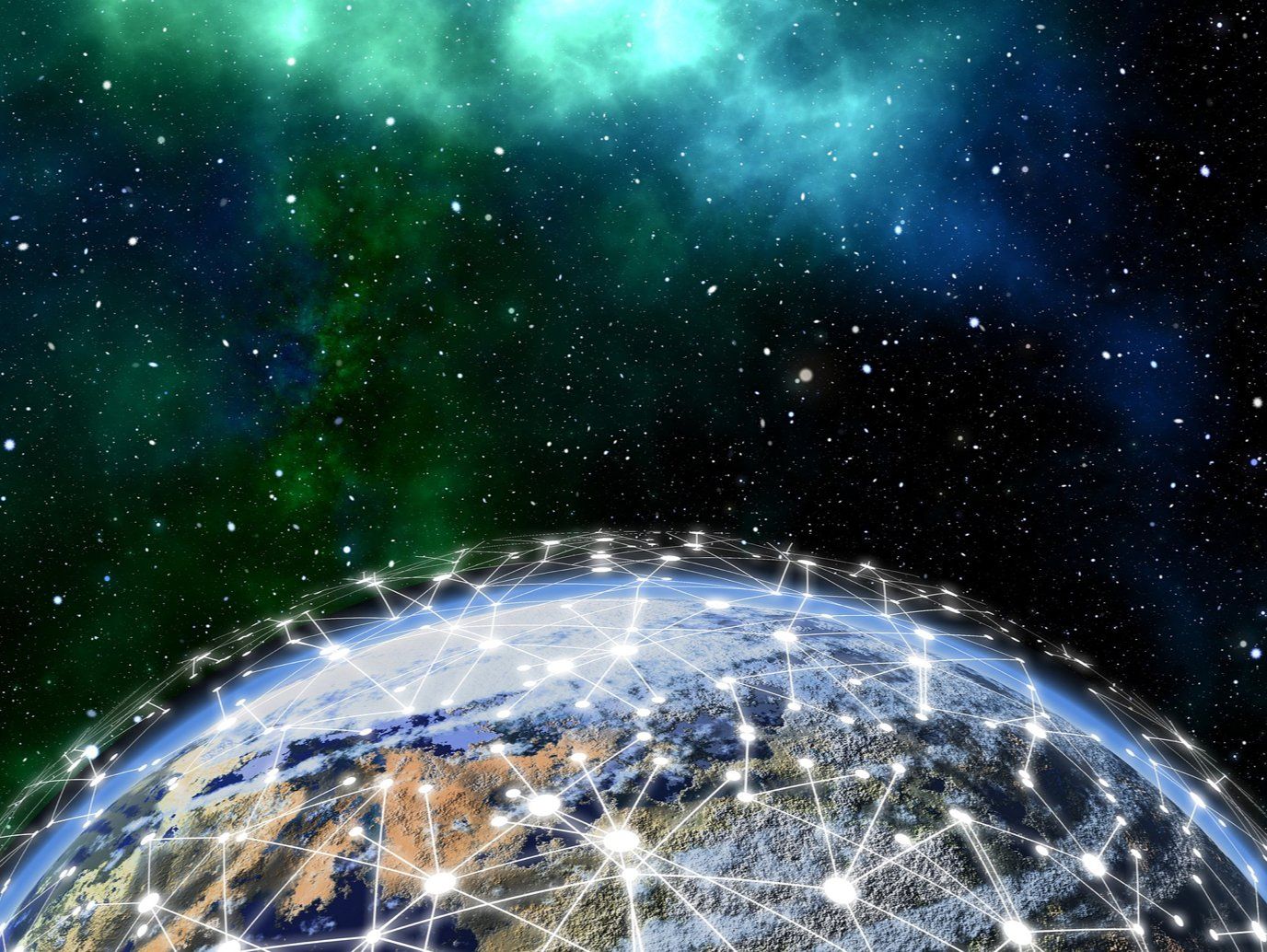
Blockchain and cryptocurrency the framework for new space? (Image: Pixabay)
Infrastructure for a decentralised space economy
The industrial and economic promise of outer space, and the potential impact of something like resource mining, will require nations to consider how it will affect our current economic framework on Earth. Amongst many arguments, there is concern that retrieving huge amounts of valuable metals could have detrimental effect on Earth economies. Furthermore, it may be essential to establish a truly decentralised space economy, in order to prevent such an impact, and also build a truly neutral framework where stakeholders can work together on a transparent basis.
The use of blockchain technology in this new economy is again, nothing new. Companies such as Spacechain and Cryptosat are already looking at establishing blockchain networks in orbit, and Lonestar are looking to send data centres to the moon, with the benefits including security and preventing servers becoming victim to physical attack or natural disasters. However, whilst this technology may provide solutions for Earth-bound problems, they could also be the framework for a decentralised space economy. Speculation continues to mount surrounding Elon Musk and his plans for his favourite cryptocurrency, Dogecoin, and it’s thought that the aim may be to use the coin as the currency of the future space economy. Similarly, engineers at Purdue University and Georgia Tech have launched a new crypto named “SpaceXCoin”, with their aim to create a cryptocurrency that can be used during and after space travel, for long journeys such as to Mars.
Companies are also coming some ways in order to answer our energy needs in space, not only for in-situ utilisation, but also for use on Earth. New Zealand company Emrod previously announced successful tests in wirelessly beaming energy over a short distance. This week they also announced plans for a wireless power grid that could beam space-based solar energy around the globe. Furthermore, US based Solestial, a company focused on solar energy for in-situ utilisation, sourced a $10 million funding round led by Airbus Ventures. They look to develop and provide solar panels for space-based infrastructure at a much smaller cost, and provide much improved efficiency. It’s these innovations that are rapidly paving the way for humankind’s future in space.
This week we have seen near, mid and long-term ambitions galvanise, and it is becoming more clear that the future of humanity will quickly expand into the realm of space. What we hope is that the public are informed about these developments, so we can all be part of this future, and it doesn’t become the property of the few. It’s easy to romanticise and fictionalise our journey in outer space, captured so well in literature and motion pictures. However, the job of the industry and nations must now also partly belong to normalising the space economy, increasing access to it, and allowing us all to be part of our future.
Share this article
External Links
This Week
*News articles posted here are not property of ANASDA GmbH and belong to their respected owners. Postings here are external links only.















